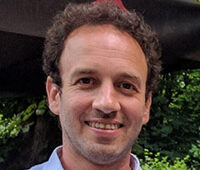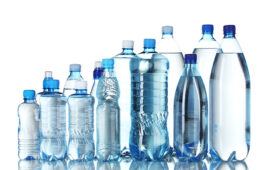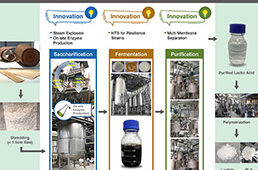Billions of euros are spent treating trillions of liters of wastewater every year, consuming substantial amounts of energy. However, this wastewater could act as a renewable resource, saving significant quantities of energy and money, as it contains organic pollutants which can be used to produce electricity, hydrogen and high-value chemicals, such as caustic soda.
This can be achieved if the organic matter is broken down by electrically active bacteria in an electrochemical cell, which, at the same time, helps clean up the wastewater. Examples of such “bioelectrochemical systems” include microbial fuel cells (MFCs) and microbial electrolysis cells (MECs).
The EU is looking to encourage innovative projects that could lead to significant energy savings. One such initiative has been carried out by a team of researchers in Ireland, which focused on the field of bioelectrochemical systems and looked into how altering the chemistry of an electrode surface could produce more electricity.
The study “Arylamine functionalization of carbon anodes for improved microbial electrocatalysis”, funded through the Marie Curie Program, could have an immediate impact in a number of sectors looking to improve their environmental and energy performance, including wastewater treatment and biochemical and biofuel production.
The project began by examining the microbial-electrode interface. This is where complex physical-chemical and biological interactions permit microbes to exchange electrons with solid electrodes, to produce bioelectrochemical systems.
The team found evidence that could help microbial communities to connect to the electrode, and thus produce more electricity more rapidly compared to unmodified electrodes. Electron exchange is at the heart of reactions that occur in the natural world, as well as in these so-called bioelectrochemical systems.
The team introduced arylamine functional groups to graphite electrodes. Arylamine is an enzyme that catalyses a specific chemical reaction. The addition of this enzyme resulted in improved initial catalysis for acetate oxidation by microbial biofilms over that observed on unmodified anodes.
The researchers proved that ‘wiring’ microbes to conduct and produce electricity faster is feasible. The research was carried out by the Biomolecular Electronics Research Laboratory in Galway, Ireland, which has been working on probing conditions for selection of electrodes by microbes for several years.
Although further work is needed to understand important biological and engineering issues that underpin the biotechnology, these laboratory experiments have shown that bioelectrochemical systems can work. So far, however, only a few such pilot studies have been run in real-world conditions and more pilot studies and scaled-up demonstration projects are needed to prove the reliability of the systems.
In addition, costs have to be competitive with other wastewater treatment and chemical production processes before the biotechnology can be adopted on a commercial scale. However, researchers are optimistic that commercial installations could be realized in two to five years’ time, according to a recent European Commission briefing on the subject.
Source: CORDIS




